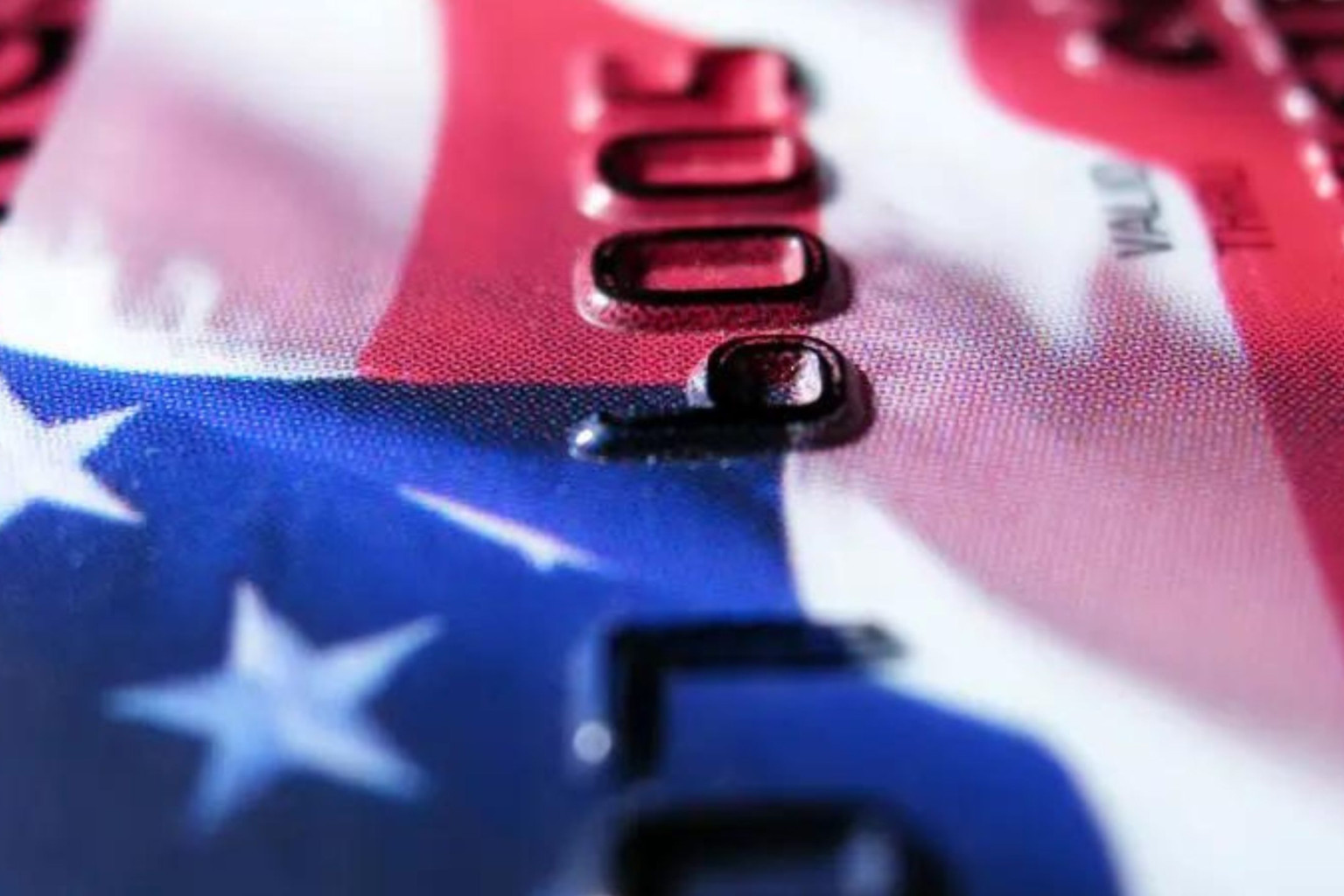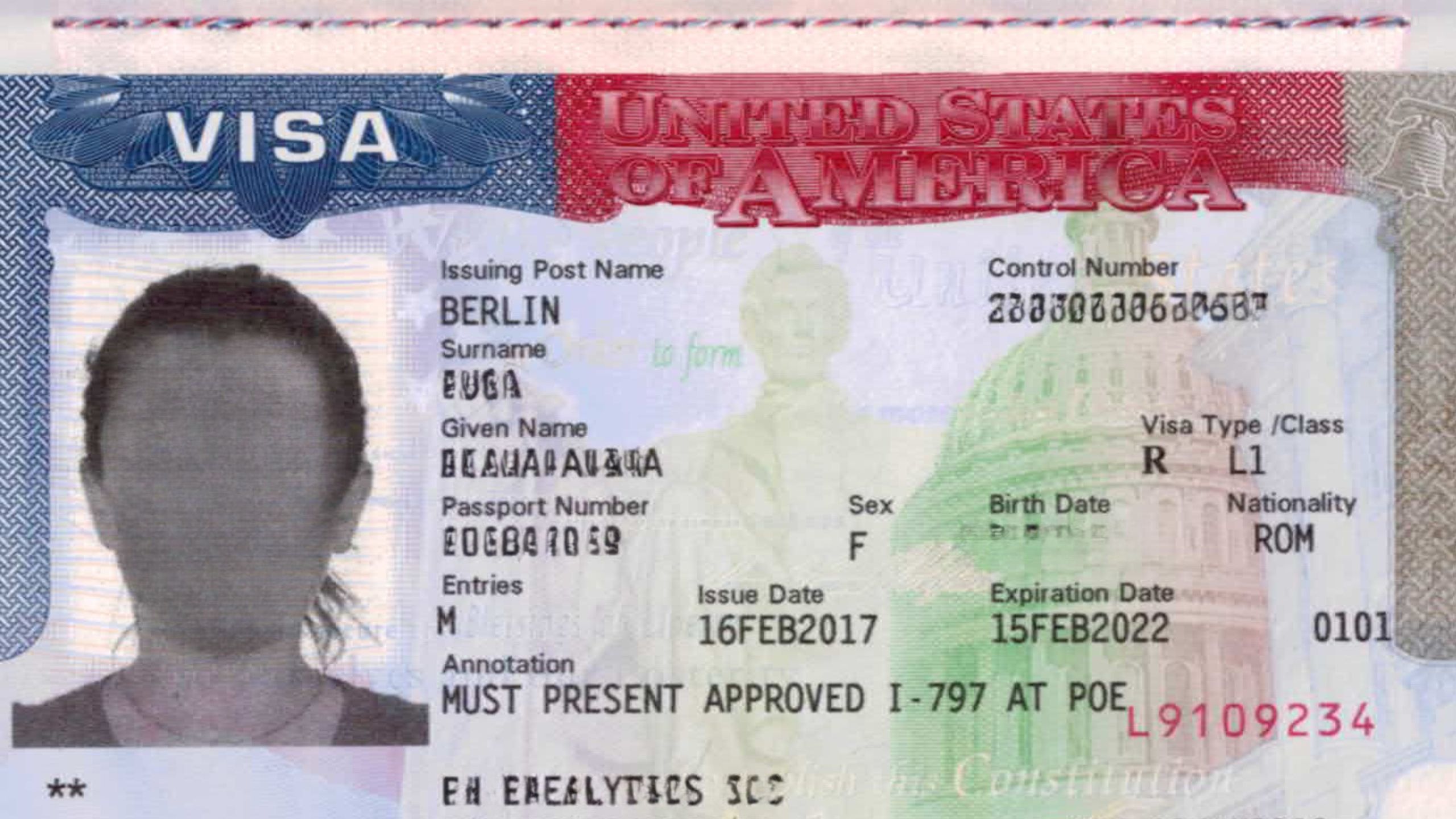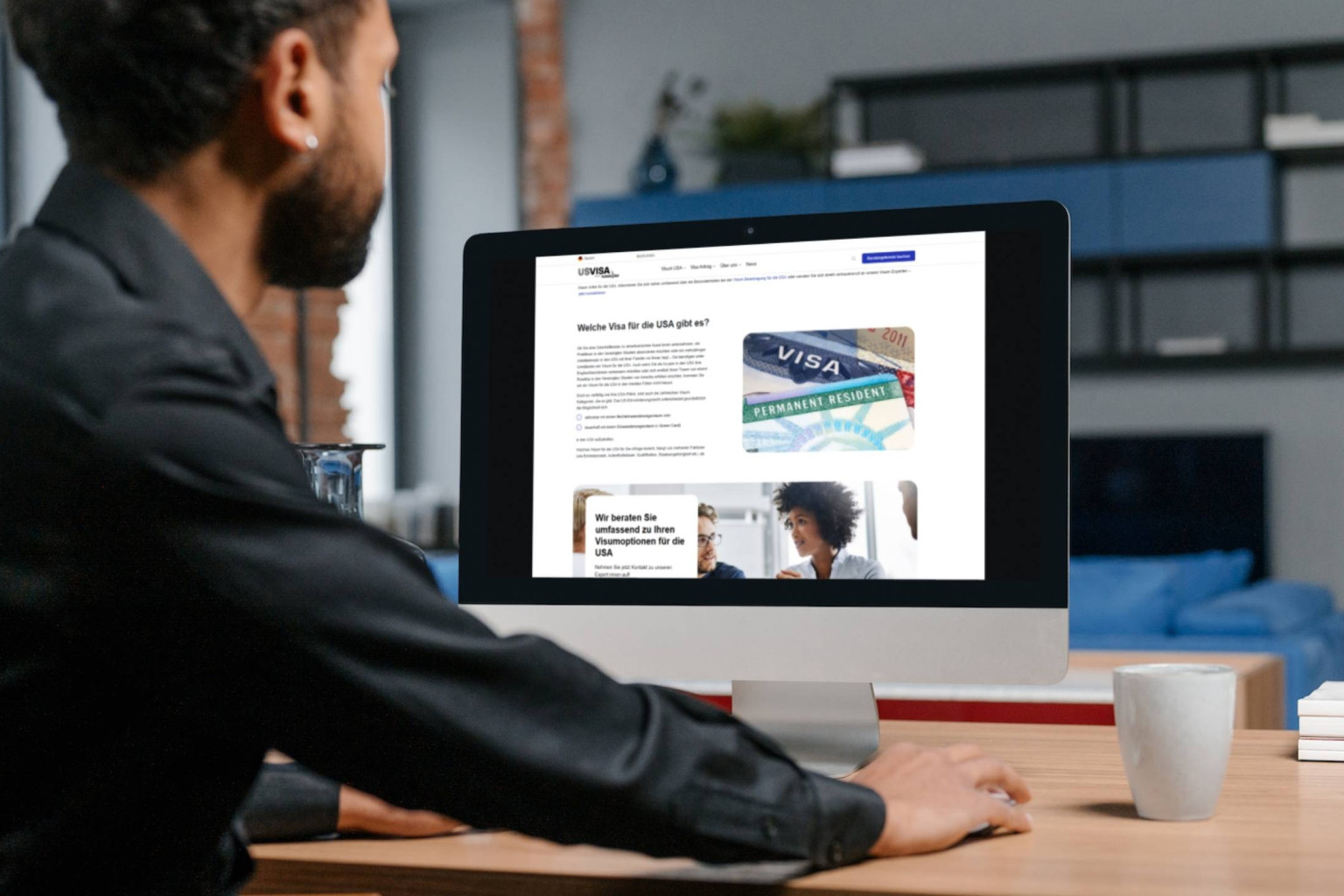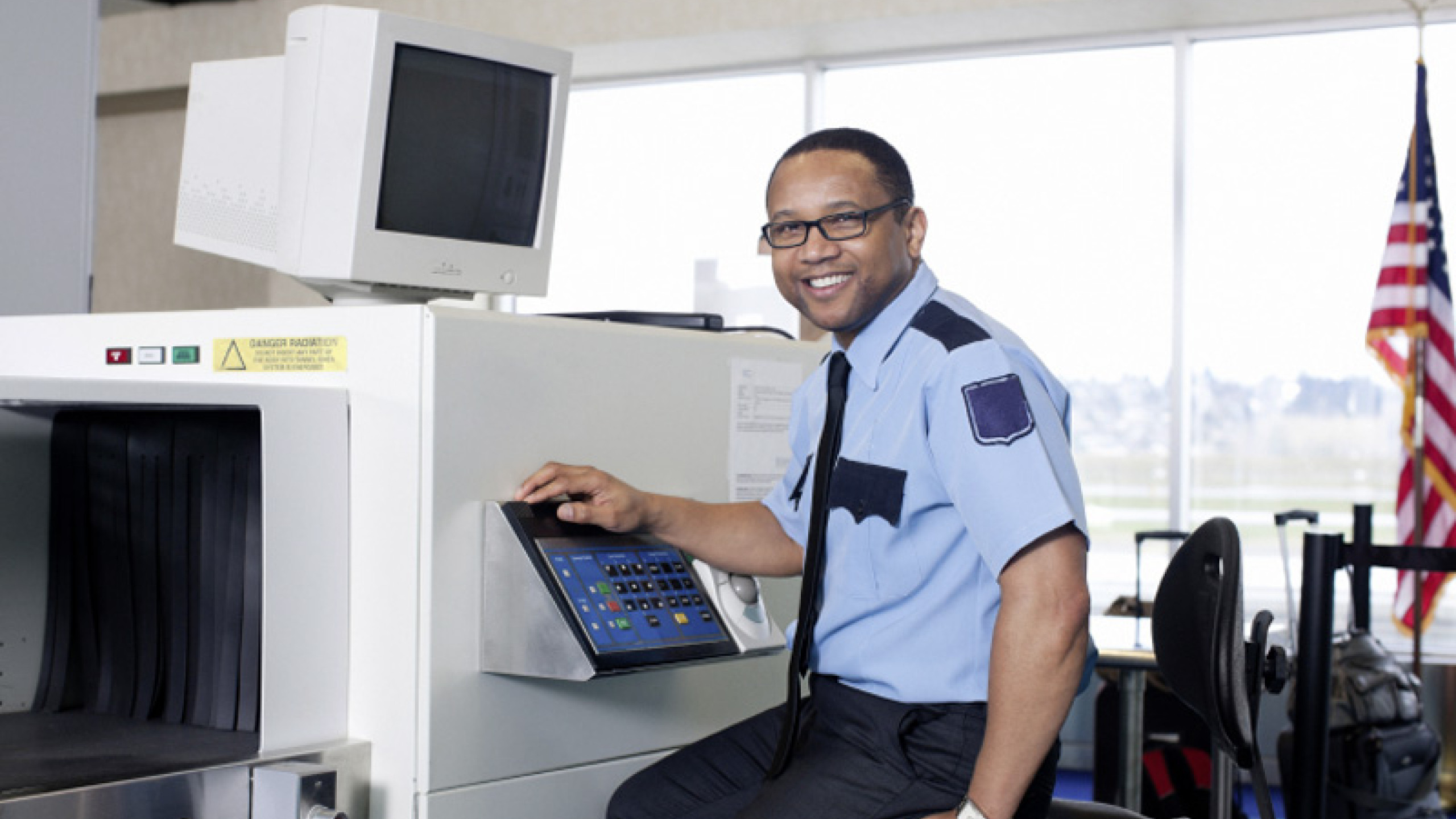The L-1 visa includes a temporary work and residence permit for the United States. This work visa category enables the internal transfer of employees within a group of companies from the current foreign location to a US location.
Visa category: Work visa
Target group: Individual employees of internationally active companies who are to be transferred to a US location
Validity: up to max. 5 years for specialists, 7 years for managers
Length of stay: up to 3 years
Special features: The basic requirement is previous employment of at least one year in the home company
L-1 visas (Intracompany Transferees) are often applied for as internal transfer visas in the context of classic employee assignments within a corporate group, but can also be used for longer project and assembly assignments at US locations or with US customers, for example.
US law distinguishes between L-1A visa applications for managers / executives (Managerial or Executive Transferee) and L-1B visa applications for specialists (Specialized Knowledge Transferee). The category is determined by the future activities of the employee at the US location, not by their current activities.
The boundaries between the individual categories can be quite fluid. A decision must be made on a case-by-case basis as to which category the L-1 transfer should fall under.

The L-1 visa allows companies to transfer qualified employees within their international organizations. This type of visa is always tied to a specific US company that submits the application. Conversely, this means that employees must have a specific employer in the United States before they can apply for a work visa.
Since the application for a temporary work permit is submitted by the company on behalf of future foreign employees, the company is considered the official applicant (petitioner). The future employees themselves are referred to as beneficiaries. It is not possible for foreign employees to submit their own petition.
Here are the essential requirements for both the company and the employees who wish to apply for an L-1 visa:

With an L-1 visa, foreign nationals can officially work and live in the United States as part of an intra-company employee transfer.
The maximum length of stay with an L-1 visa varies depending on the type of L-1 visa:
However, the actual length of stay on site is determined individually by the US border officials on each entry and is noted online in the electronic I-94 or can be seen on the entry stamp in the passport.
The residence status can be extended in the USA for further periods within the maximum limits of 7 or 5 years by submitting a status extension application to the US immigration authorities.
Travelers to the USA must leave the United States no later than the date of departure noted on the entry stamp or electronic I-94 in order to avoid the risk of an illegal stay in the USA (overstay).
Each time you travel to the USA, you will receive a new residence status at the border crossing. As long as the L-1 visa is valid, foreign nationals with the visa may request entry at the border.
L-1A Visa for Managers / Executives can be applied for for a maximum of three years in the initial application and extended in 2-year increments up to a maximum of seven years.
L-1B Visa for specialists can be approved for a maximum of three years in the first application procedure, but only one extension application for a further two years to a maximum of five years is possible.
Companies that have demonstrably been operating in the US market for less than one year can apply for an L-1A or L-1B for employees who are to set up the US location. New Office visa, which is only granted for a maximum of one year in the initial application. However, applications for extensions of up to a maximum of five (L-1B) or seven years (L-1A) are subsequently possible.
From a technical point of view, a visa cannot be extended, as every visa, regardless of the category, always involves a new application. A new L-1 visa must therefore be considered as a separate application. However, it is possible to apply for a new L-1 visa in good time before or after the expiry of an old L-1 visa. The L-1 visa can be reapplied for as often as required.
It is important to note that the remaining period of validity of your old visa is not automatically transferred to the new visa. In addition, a previous L-1 visa does not guarantee that you will be granted a new visa. All application documents (application forms, supporting documents, etc.) must be resubmitted to the US consulate or embassy.
It is therefore advisable to prepare the application thoroughly and ensure that all required documents are complete. In this way, potential delays or rejections during the reapplication process can be minimized.
When planning to reapply for your L-1 visa, you should bear in mind that processing times can vary considerably depending on the relevant US consulate or embassy. It is therefore advisable to allow sufficient lead time.
With the L-1 visa, US employers must pay several fees to the U.S. Citizenship and Immigration Services (USCIS) as a first step:
In a second step, the L-1 consular fee of 184.50 € (205 $) by applicant is due. The visa fee is neither refundable nor transferable to other persons. Should there be a delay in your visa application, the proof of payment will remain valid for one year from the date of payment.
USCIS fees can be paid by money order, personal check, cashier's check, or with a credit card or debit card using form G-1450 (Authorization for Credit Card Transactions).
Payment of the visa application fee for the US consulates / US embassies can be made by online bank transfer, online payment by debit card or cash payment at a bank.

Furthermore, additional costs may be incurred for certain L-1 applicants:
You can find more information about the different visa fees, other possible costs and the current payment methods on our fees page.
At least two business units of the corporate group are involved in the L-1 visa application process: the foreign employer and the US location.
L-1 petitions are filed by mail at the appropriate U.S. Citizenship and Immigration Services (USCIS) service center in the United States. This petition includes extensive documentation
After approval of the L-1 petition, the US company receives a letter of authorization (I-797 Approval Notice) from the USCIS by mail.
In the final step, future employees must go through the consular procedure in which the actual L-1 visa is issued (exceptions are only status extension or change of status procedures within the USA). The application is then usually made as part of a personal interview at the relevant US consulate in the home country.
Companies that meet certain access requirements can obtain a so-called L-Blanket registration for the group of companies and thus L-Blanket visa in a simplified procedure for their employees.
The time required to apply for an L-1 visa depends heavily on the processing time of the US authorities, the interview date, but also on the cooperation of the companies.
The most time-consuming part of the L-1 visa application process is the review of the I-129 form by the U.S. Citizenship and Immigration Services (USCIS).
If you receive an appointment for an interview at the U.S. Consulate promptly after approval by the USCIS, most of the process is complete. The availability of interview appointments for the L-1 category varies depending on the U.S. consulate or embassy and the season.
It is important to note that in some cases there may be an additional security check (administrative processing), which can take several months and can therefore lead to considerable delays in the visa application process.
You should therefore allow around 4 to 6 months to apply for your L-1 visa.
The application for an L-1 visa is made by the US company acting on behalf of the applicant. The application documents cannot be submitted by the applicant him/herself; the official applicant must be a US company.
The procedure for applying for the L-1 visa is divided into the following steps:
L-1 applications must be filed in the first step by mailing the I-129 form to the appropriate U.S. Citizenship and Immigration Services (USCIS) service center in the United States.
This petition includes extensive documentation on the US company, the foreign company location or group of companies and evidence of the employee's qualifications and exact current and future activities.
After receiving the L-1 application, the USCIS will decide on the petition (=work permit) within a processing time of several months, depending on the capacity of the responsible USCIS Service Center.
All applications submitted to the USCIS using the form I-129 (Petition for a Nonimmigrant Worker), it is possible to shorten the usually long processing times. For an additional fee of 2,805 $, the expedited application can be processed by the Form I-907 (Request for Premium Processing Service) be submitted. The Premium Processing procedure has the advantage that the USCIS guarantees applicants a response within 15 working days. This response usually contains an approval, a request for further documentation (Request For Evidence, RFE) or a rejection.
If the application is approved, the US company will receive a letter of authorization ("Approval Notice I-797") by post. With the Approval Notice, the L-1 visa can now be applied for at the US consulate in your home country.
The online form DS-160 must be completed on the website of the U.S. Department of State. The online application form must contain detailed information about the applicant and the planned stay in the USA. You should have the following documents ready when completing the DS-160 form:
A few days after submitting your DS-160 form, you can check the status of your visa application online.
The professional processing and submission of your DS-160 form is part of our service. We will be happy to help you with the next steps.
Create a visa profile on the Visa Information Service website through which your L-1 visa application can be processed.
Here you can also pay the visa processing fee and make an appointment for the visa interview.
Payment of the application fee: Pay the L-1 visa fee in the amount of 184.50 € (205 $). Payment can be made online or in cash.
Arrangement of the visa interview appointment: Arrange your appointment for the visa interview online via the visa profile.
When using our US Visa Service, we create the required online profile, pay the consular visa fee and arrange the appointment for the personal interview with the US consular officers.
For the interview date for your L-1 visa you must apply in person at the US Consulate or at the US Embassywhere your documents will be checked and you will be interviewed by the consular officers.
The following documents must be prepared and brought along for the appointment at the US Consulate or the US Embassy:
Be prepared to answer questions about your visa application, your planned stay in the U.S. and other relevant topics.
As a rule, L-1 visa applicants are informed at the end of their visit to the US consulate or embassy whether or not their visa application will be approved.
Our visa consultants prepare you optimally for this important date and provide you with the necessary documents to make your visa interview as smooth as possible.
If your application for the L-1 visa is approved, you will receive your passport with the L-1 visa returned by post or can arrange a pick-up appointment.
The L-1 visa contains important identifying information about visa holders and sets forth their rights and restrictions while in the United States.
It is crucial that you check this information carefully and ensure that it matches the requirements of your planned stay in the USA.

Here are some of the dates and information that can be found on a US visa:
The US consulates and embassies are responsible for issuing visas. The decision to issue an L-1 visa for the USA is usually made by the US consular officials on the day of the visa interview.
You can check the status of your US visa application check online at any time.
Her L-1 visa was verbally approved by the US officials and is now in the final processing phase.
Once the L-1 visa has been printed or issued in the passport, the passport will be mailed with the corresponding US visa.
In some cases, U.S. consular officers decide to temporarily deny a P visa under Section 221(g) of the Immigration and Nationality Act (INA). This leads to the so-called Administrative Processing. Your visa application will then be subject to a further security check and additional processing steps. Additional documents or information may be required from you.
If US officials conclude that you do not qualify for the L-1 category, your application for an L-1 visa to the US will be denied. A reason for the denial is not required. However, applicants usually receive further instructions on the day of the interview appointment or a denial letter after a processing period.
The reasons for a rejection can vary greatly depending on the visa category and the individual situation of the applicant. For example, reasons such as suspicion of intent to immigrate, suspicion of illegal employment or incomplete application documents could be cited.
After an L-1 visa application has been rejected, it is generally possible to submit a new application at any time. There is theoretically no waiting period until the next submission.
However, it is advisable to reapply for the same category only if the conditions or circumstances have changed since the first application and you are able to provide evidence of these changes.
It makes little sense to apply for a new visa if you still do not meet the requirements of the respective visa category (e.g. proof of intention to return to your home country, financial means, specialized professional knowledge). In practice, a new L-1 visa can therefore often only be successfully applied for after several months or even years.
After a visa refusal, applicants must submit a completely new visa application. In the case of a work visa, alternative visa categories may be considered under certain conditions, but this should be carefully examined on a case-by-case basis. However, no appeal can be lodged against a visa refusal.
Failure to meet the visa requirements: Frequently, applicants do not meet the required criteria for the visa category applied for. This may include not being able to demonstrate sufficient ties to the home country, not having sufficient financial resources, not being able to demonstrate that the US company is legally established and can properly employ and remunerate employees, or having little work experience or being considered "low-skilled".
Discrepancies during the visa interview: Problems can arise if the visa category applied for does not match the purpose of entry, which can lead to accusations of immigration intent or a presumption of illegal employment.
Errors in the visa application / inadequate application documentation: The application documents and supporting documents are often incomplete, information in the DS-160 visa application form is incorrect or the visa application was not prepared correctly.
Other reasons: Personal circumstances of the applicant may also be grounds for denial, such as a criminal record, a terrorist background, contagious diseases, past immigration offenses such as illegal residence or illegal work in the US, and conspicuous behavior during previous entries.
The consequences of a refusal of an L-1 visa are varied and depend on the specific reason for refusal.
ESTA block: A rejection of the L-1 visa may mean that visa-free entry with ESTA is no longer possible. The ESTA application asks whether a visa application has been rejected. If this is the case and the question is answered with "yes", the ESTA application is usually rejected.
Planned stay in the USA not possible: A rejection of the L-1 visa means that the applicant cannot travel to the USA for the planned purpose (e.g. vacation, business meeting, work assignment, study, au pair).
Entry ban: In some cases, the US authorities may impose an entry ban for the USA, particularly if there are serious grounds for refusal.
These consequences underline the importance of careful preparation and fulfillment of all visa requirements in order to avoid a rejection.
Although the US authorities are not obliged to give reasons for the refusal, you can politely ask for the reason for the refusal at the interview appointment at the US consulate or embassy. This information may help you if you wish to reapply for the L-1 visa.
For your second attempt, your L-1 visa application should be carefully and comprehensively prepared. This includes selecting the correct visa category, filling out the DS-160 online form completely and correctly, and collecting relevant supporting documents.
We advise you on the choice of the appropriate visa category and take over the complete processing for you or your company.

Many people assume that an approved L-1 visa automatically allows entry into the USA. In fact, however, an L-1 visa in the passport is not a guaranteed residence permit for the United States. Even with a valid L-1 visa, there is no automatic guarantee of entry. The visa only allows you to apply for entry into the USA at the border crossing (e.g. airport).
The final decision on entry lies with the border officials of U.S. Customs and Border Protection, who check foreign nationals entering the country. These officials decide whether you may enter the country and, if so, for how long you will receive a residence permit. It is possible that entry may be refused.
After a successful entry we recommended to check online via the I-94 website how long you are legally allowed to stay in the USA, since there are no more stamps in the passport that show your allowed length of stay.

By the way: With Global Entry, certain biometrically registered and security-checked travelers can complete entry formalities independently and automatically at almost all major US airports. This allows foreign nationals to avoid long waiting times and enter the USA more quickly.
The L-1 and E-2 visas offer different opportunities for foreign nationals to pursue business activities in the United States. Each visa has specific requirements and conditions that must be met in order to do business in the United States.
The basic features and requirements of these two visa categories are explained in more detail below.
The L-1 visa allows a foreign company to send employees to work for an affiliated US company.
To qualify for an L-1 visa, the following requirements must be met:
Essentially, the L-1 visa is about ensuring that the employee's duties are truly managerial or specialized.
The E-2 visa is aimed at investors, entrepreneurs and individuals who wish to establish a company in the USA or invest in an existing company.
The following requirements apply to E-2 visas:
A general rule of thumb in my company is that at least USD 100,000 should be invested and risked in the company. The higher the investment, the greater the chance that it will be considered substantial.

Accompanying spouses and unmarried children under the age of 21 may be eligible for a derivative L-2 visa upon application for the same period as the principal applicant. If the children reach the US age of majority (21), they must change their nonimmigrant status or leave the country.
Spouses can apply for their own general work permit (Employment Authorization Document, EAD) or L-2 status at the border and are not tied to a specific US company.
Spouses and children may attend private and public educational institutions with the L-2 visa.
For L-1 applications, there is no limit set by the legislator – in contrast to the H-1B visa category. This means that an application can be made at any time and there are always enough visas available.
Yes, if the employee is already in the United States with a valid US visa, a change of status to the L-1 category in the United States is theoretically possible under certain conditions – without having to leave the country.
Quite often, employee assignments have to be carried out at very short notice. As applying for a work visa can unfortunately take several weeks or months, a temporary solution often has to be found.
Many companies therefore choose to send employees to the US location in advance via the B-1 visa category. It is important to emphasize that the B-1 category does not include a work permit for the US. It merely legitimizes the employee's stay at the US location for coordination talks, meetings or negotiations, for example.
However, it is not possible to apply for a work permit on the basis of visa-free entry. In addition, not all changes within certain categories are accepted.
The application for change of status, if at all possible or reasonable, is also filed at the same time as the L-1 petition at the USCIS Service Center.
Important: When changing status, it is essential to ensure that a valid L-1 visa is always available for departure and re-entry. The background to this is that the USCIS only grants approval for L-1 status, but does not issue the US visa in the passport. These entries are made exclusively by the US consulates abroad. The change of status is therefore not the same as a new visa. If you leave the United States and re-enter the country without a valid visa, you will be refused entry.
In contrast to other US nonimmigrant visas, it is also possible in principle to apply for a visa at the US consulates in countries bordering the United States, such as Mexico or Canada. As a rule, however, the application for the L-1 visa is made at the US consulate in your home country.
Global Entry can be used with almost all US visas and even ESTA authorization. If you have a L-1 visa, you can apply for Global Entry membership and enter the United States faster.
The L-1 category also allows for the transfer of personnel to a "newly opened" US location, i.e. a location that has been operational in the US market for less than 1 year.
In this case, the US authorities require additional information over and above the usual L requirements. For example
Future US personnel policy is of particular interest to US officers.
L-1 "New Office" applications are approved for a maximum of 1 year in the initial application, but can then be extended up to a maximum of 5 (L-1B) or 7 (L-1A) years.
The complex L visa application process is a significant time and cost factor for international companies with a high rate of postings to the United States. However, the US regulations provide for the possibility of a significant simplification of the entire procedure for large corporations – the so-called Blanket L Petition or L Blanket Petition.
The blanket L procedure is only available to companies or groups of companies that meet the following criteria:
In addition, the US company must fulfill at least one of the following requirements:
If the corporation can fulfill these points, an approval procedure to use the L blanket is carried out with the U.S. Citizenship and Immigration Services (USCIS). Based on an L blanket registration of the group (issued by the USCIS), all locations worldwide listed in the blanket can use the simplified application procedure for employees.
While a regular L visa application must always be submitted in advance to the U.S. Citizenship and Immigration Services (USCIS), this step is not required when applying under the L blanket procedure. This means that the L blanket application can be submitted by an employee directly at an interview appointment at the US consulate in their home country. This has 2 decisive advantages:
Many companies ask themselves what happens to the company-bound L-1 work visa when visa holders no longer work for the company.
If the visa holder is dismissed or resigns, the work visa for the USA automatically loses its validity. The derived visas of any accompanying family members also lose their validity upon termination of the employment relationship, as these are linked to the visa of the main applicant.
This means that former visa holders are no longer allowed to enter the country with their L-1 visa once their employment relationship has ended, even if the work visa is theoretically still valid. If affected visa holders wish to travel to the United States for tourism or business in the future, they must reapply for an ESTA authorization or a corresponding visa, depending on the purpose or depending on what activities are carried out there and for how long.
Practical tip: In order to avoid discrepancies or problems with subsequent entries after the visa has been terminated, it is advisable to inform the US consulate about the new work situation. For this purpose, it is sufficient if the responsible company representative (e.g. HR manager, supervisor, board member, etc.) sends an e-mail to the responsible consulate with the request to invalidate the visa of the former employee. If possible, a copy of the L visa should be attached. The consulate will then make a corresponding note in the system so that the US officers at the US border are also aware of this.
In some cases, visa holders are even contacted directly by the US consulate with the request to send in the L-1 visa so that it can be invalidated. In other cases, the visa is simply invalidated by the border officer the next time you enter the US.
Our recommendation: Companies can protect themselves by sending a brief notification to the relevant US consulate and, above all, be sure that entry with the previously valid work visa is no longer possible. Don't take any risks and prevent possible abuse with the company-bound L-1 visa.
Wir und unsere Partner nutzen Cookies, um personenbezogene Daten wie z.B. Browsing-Daten zu speichern und abzurufen, um z.B. Inhalte und Werbung bereitzustellen und zu personalisieren sowie die Verwendung der Website zu analysieren und das Benutzererlebnis zu verbessern. Sie erfahren mehr über die Zwecke, für welche wir und unsere Partner Cookies einsetzen, wenn Sie unten auf den Button „Cookie Einstellungen“ klicken. Hier können sämtliche Einstellungen auch geändert werden. Nachträglich kann man jederzeit seine Cookie-Auswahl überdenken oder seine Einwilligung widerrufen, indem man auf den Link zu den Cookie-Einstellungen im Footer unserer Webseite klickt. Beachten Sie bitte, dass das Blockieren einiger Cookie-Typen unsere Möglichkeiten zur Bereitstellung von auf Ihre Interessen zugeschnittenen Inhalten haben kann oder einige Funktionen der Webseite nur eingeschränkt zur Verfügung stehen.
Durch klicken auf “Alle Cookies akzeptieren” stimmen Sie unserer Nutzung und der Weitergabe Ihrer Daten an unsere Partner zu.